The Qing Dynasty built modern China.
The Sixteen Kingdoms (simplified Chinese: 十六国; traditional Chinese: 十六國; pinyin: Shíliù Guó) , less commonly the Sixteen States, was a chaotic period in Chinese history from 304 to 439 CE when the political order of northern China fractured into a series of short-lived dynastic states, most of which were founded by the "Five Barbarians," non-Chinese peoples who had settled in northern and western China during the preceding centuries and participated in the overthrow of the Western Jin dynasty in the early 4th century. The kingdoms founded by ethnic Xiongnu, Xianbei, Di, Jie, Qiang, as well as Chinese and other ethnicities, took on Chinese dynastic names, and fought against each other and the Eastern Jin dynasty, which succeeded the Western Jin and ruled southern China. The period ended with the unification of northern China in the early 5th century by the Northern Wei, a dynasty established by the Xianbei Tuoba 拓跋 clan, and the history of ancient China entered the Northern and Southern dynasties period.
It was a time when the Chinese Barbarian Invasions began. The ruined Chinese royalty fled south of the Yangtze, and the northern provinces were ruled by five foreign tribes.
Of the five barbarians, The Xianbei (/ ʃjɛnˈbeɪ /; Chinese: 鮮卑; pinyin: Xiānbēi) won the final victory, leading to the Tang dynasty. Of the five barbarians in northern China, The Xianbei (/ ʃjɛnˈbeɪ /; Chinese: 鮮卑; pinyin: Xiānbēi) won the final victory, built the Tang dynasty. The Tang dynasty (/tɑːŋ/;[6] Chinese: 唐朝[a]) or the Tang Empire was an imperial dynasty of China that ruled from 618 to 907, with an interregnum between 690 and 705. The Tang dynasty served as the Frankish Empire of Europe.
The Tang dynasty was originally a Manchurian, but turned into a Chinese. They built the first world empire, hiring foreigners such as Turkey, Tibet, Mongolia, Manchuria, Korea, Uighur, Iran, and Arabs as mercenaries. Thus, the Persians and Turkey called the Tang dynasty tabgachi. Tabgachi is the Turkish name of Xianbei Tuoba 拓跋 clan, who founded the Tang dynasty.
After the fall of the Tang Dynasty, the continent of China began with 400 years of division and conquest of foreign dynasties. For the Chinese, it was the most humiliating period of tragedy in history.
The Liao dynasty (/ljaʊ/;[5] Khitan: Mos Jælud; traditional Chinese: 遼朝; simplified Chinese: 辽朝; pinyin: Liáo cháo),[6] also known as the Liao Empire, officially the Great Liao (大遼; 大辽; Dà Liáo), or the Khitan (Qidan) State (Khitan: Mos diau-d kitai huldʒi gur),[7] was an empire and imperial dynasty in East Asia that ruled from 916 to 1125 over present-day Northern and Northeast China, Mongolia and portions of the Russian Far East and North Korea
The Kitai tribe founded The Liao dynasty, opening the era of the most insulting foreign dynasties in Chinese history.
The Jin dynasty, officially known as the Great Jin 大金(/dʒɪn/),[3] lasted from 1115 to 1234 as one of the last dynasties in Chinese history to predate the Mongol conquest of China. Its name is sometimes written as Kin, Jurchen Jin or Jinn in English to differentiate it from an earlier Jìn dynasty of China whose name is identical when transcribed without tone marker diacritics in the Hanyu Pinyin system for Standard Chinese.[4] It is also sometimes called the "Jurchen dynasty" or the "Jurchen Jin", because its founding leader Aguda (reign 1115–1123) was of Wanyan Jurchen descent.
The Manchu Jurchen tribe destroyed Liao dynasty and drove the Chinese Song Dynasty to the south of the Yangtze, becoming China's strongest nation.
The Great Jin Empire, founded by Jurchen, was destroyed by China's Southern Song Dynasty and Mongolian Allies.

The Mongol empire (1206–1368), founded by Genghis Khan, conquered the Southern Song Dynasty and became the first foreign dynasty to unify the mainland of China.
The 400-year period of division that began after the fall of the Tang Dynasty ends with the advent of the Mongol Empire.
Yuan dynasty, in particular, made Beijing the capital, and after that Beijing became the capital of the later Chinese empires.
The Ming dynasty (/mɪŋ/),[6] officially the Great Ming, was the ruling dynasty of China from 1368 to 1644 following the collapse of the Mongol-led Yuan dynasty. The Ming dynasty was the last imperial dynasty of China ruled by Han Chinese. Although the primary capital of Beijing fell in 1644 to a rebellion led by Li Zicheng (who established the Shun dynasty, soon replaced by the Manchu-led Qing dynasty), numerous rump regimes loyal to the Ming throne – collectively called the Southern Ming – survived until 1662.[d]
China's peasants, who suffered from the oppression and exploitation of the Mongolian Yuan dynasty, revolted, and the Ming dynasty was founded.
The Ming Dynasty suffered an invasion of Mongolia, Manchurians and Japan, eventually being destroyed by Chinese peasants.
The Qing dynasty (1636–1912) was the last imperial dynasty of China. It was officially founded in 1636 in what is now Northeast China, but only succeeded the Ming dynasty in China proper in 1644. The Qing period ended when the imperial clan (surnamed Aisin Gioro) abdicated in February 1912, a few months after a military uprising had started the Xinhai Revolution (1911) that led to the foundation of the Republic of China (1912–1949).
Four hundred years after the fall of Jin dynasty, founded by the Manchurians, the Manchurian dynasty ruled China again. After the fall of the Ming Dynasty, the Chinese again suffered humiliation under the control of the foreign dynasty.
After the Qing dynasty learned of the Mongol Empire's failure, it became the most powerful empire in Chinese history. The Qing Dynasty Conquered China's longtime rivals, Mongolia, Tibet, Uighur, Vietnam and Korea.
The Qing dynasty established the territory of modern China and remained in power until the early 20th century. As the most capable and successful foreign dynasty in Chinese history, it humiliates modern Chinese. The Qing dynasty, founded by the Manchus, built the most powerful empire in Chinese history, giving greatest humiliation to the modern Chinese.
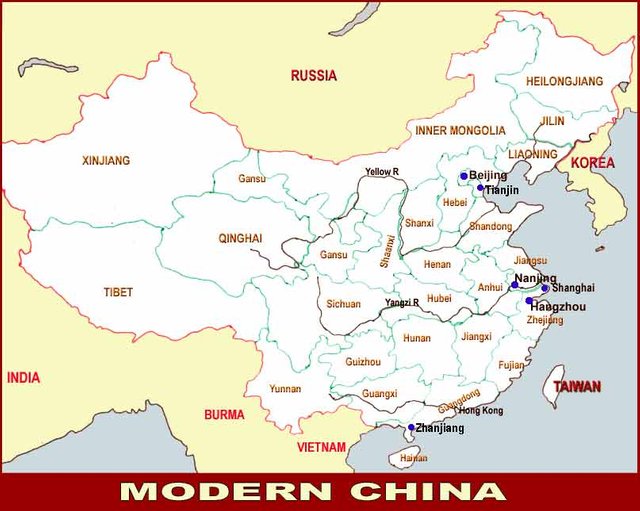
Modern China is dominated by Beijing's warlords, which were built by the Qing Dynasty. So, I conclude that the Qing Dynasty created modern China.
Modern China is the successor of the Qing Dynasty.
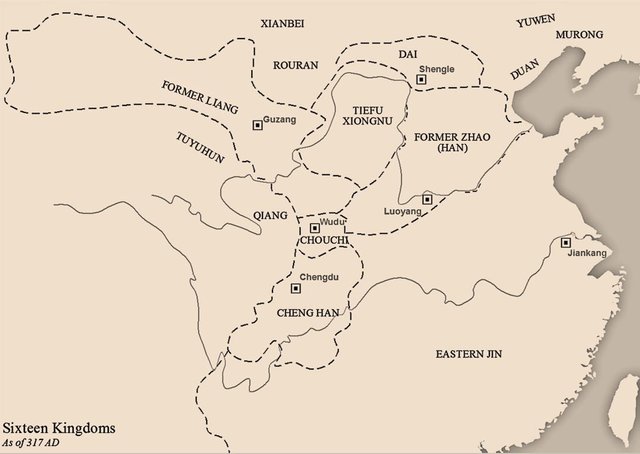
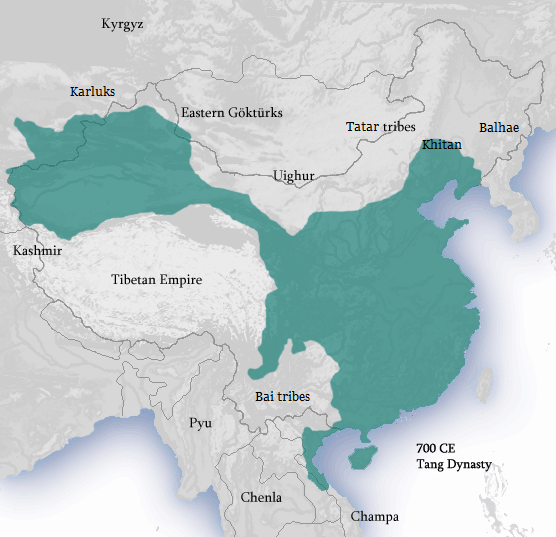
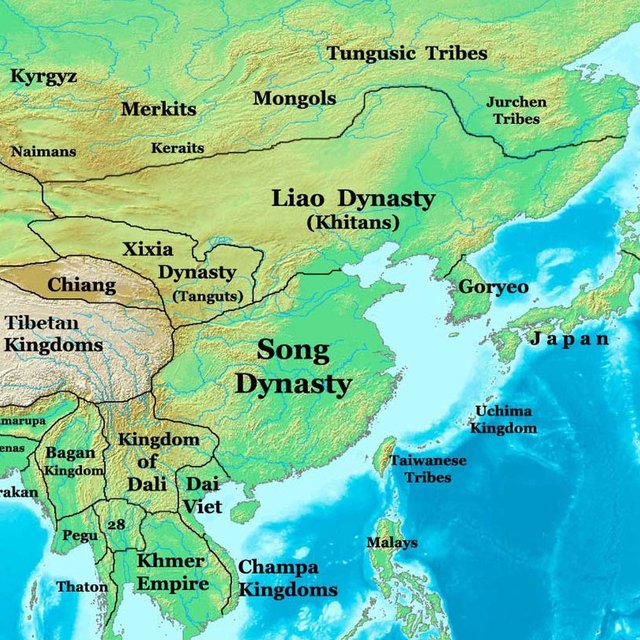
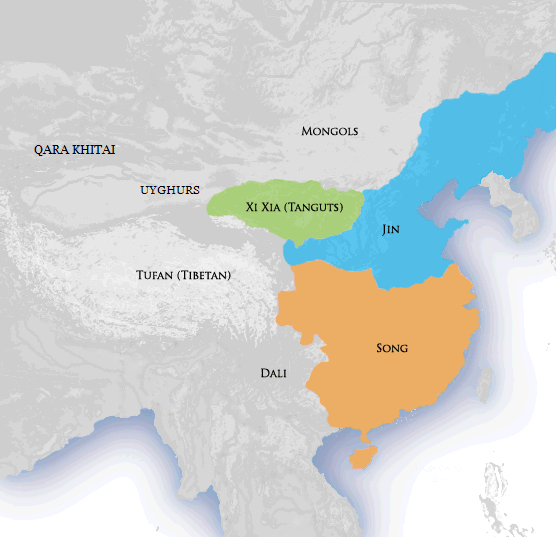
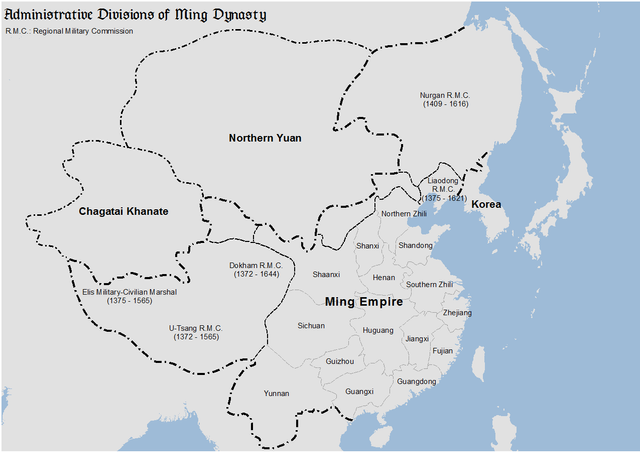
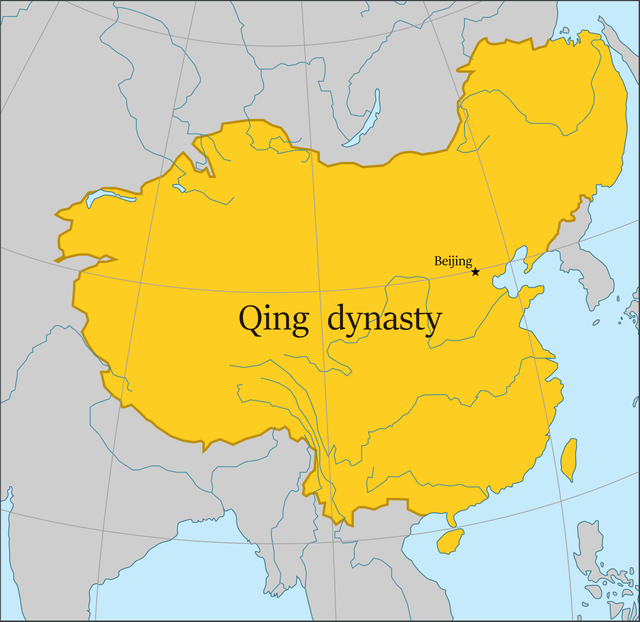
The Steem blockchain is currently being attacked by a central authority in order to take control of the witnesses. If you are not managing your witness votes, please consider setting @berniesanders as your witness voting proxy by clicking here to help restore the decentralization of Steem.
I do not know the concept and usage of The Steem blockchain. So, I do not understand your words. I'm sorry.